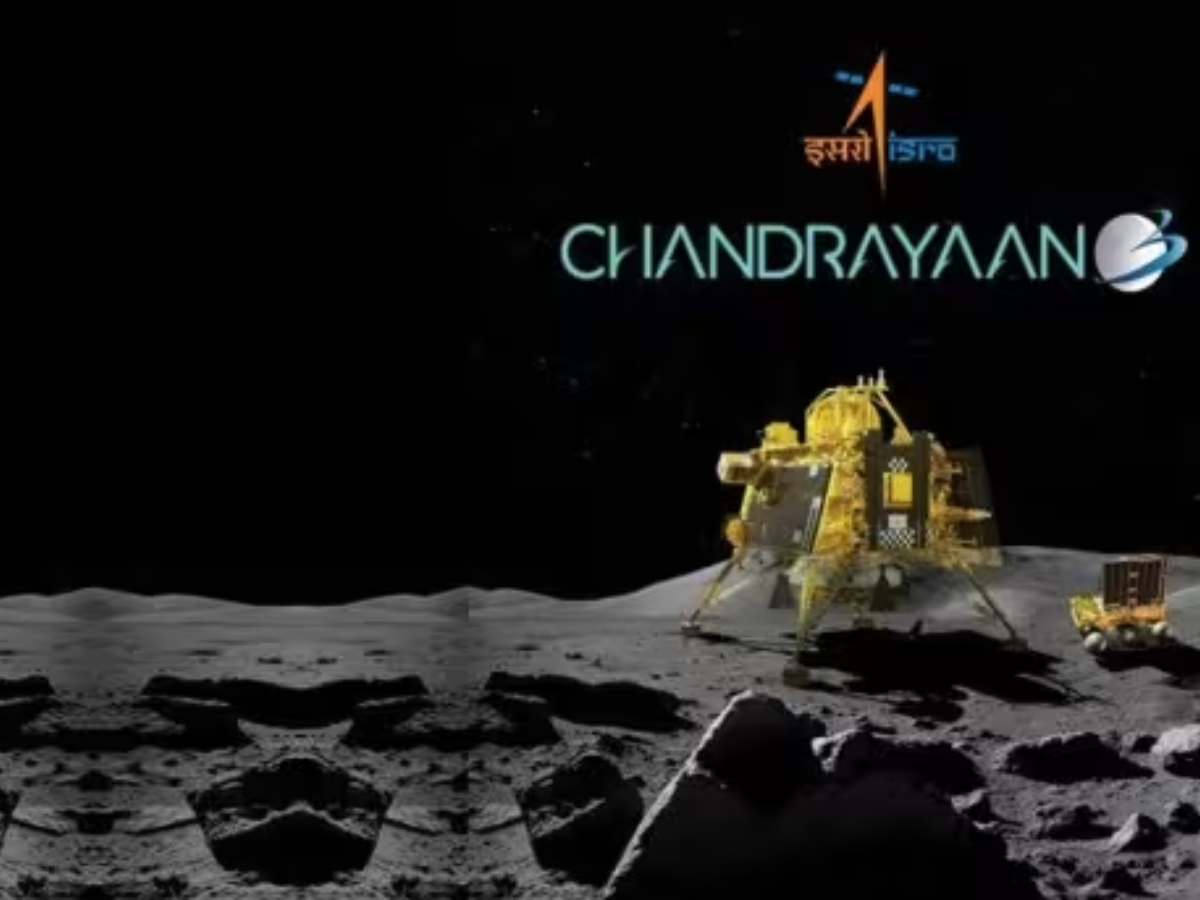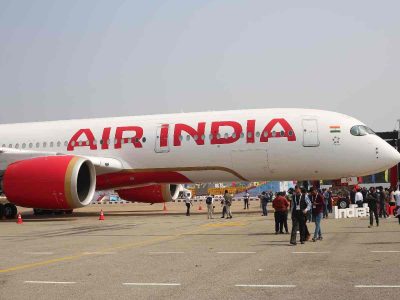Creating history, Chandrayaan-3’s Lander Module (LM), ISRO’s ambitious third lunar mission, soft landed on on the Moon’s surface on Wednesday evening. This achievement makes India the fourth country globally and the first to reach the uncharted south pole of the Moon.
Sharp at 6:04pm, the Indian Space Research Organisation confirmed that Chandrayaan-3 has successfully soft-landed on the moon. The LM, which comprises the lander (Vikram) and the rover (Pragyan), touched down near the Moon’s south polar region.
Chandrayaan-3 Mission:
‘India🇮🇳,
I reached my destination
and you too!’
: Chandrayaan-3Chandrayaan-3 has successfully
soft-landed on the moon 🌖!.Congratulations, India🇮🇳!#Chandrayaan_3#Ch3
— ISRO (@isro) August 23, 2023
ISRO had shared that the mission is proceeding according to schedule, with ongoing system checks and an atmosphere of excitement within the Mission Operations Complex (MOX).
The landing of Chandrayaan-3 secured India’s place as the fourth country to master the technology of soft-landing on the Moon’s surface, following the United States, China, and the former Soviet Union. This mission is a continuation of Chandrayaan-2 and aims to demonstrate safe and precise lunar surface landing, rover mobility, and in-situ scientific experiments.
Chandrayaan-2 encountered a setback when its lander ‘Vikram’ crashed during its lunar phase in 2019. Chandrayaan-3, costing 600 crore INR, was launched on July 14 and embarked on a 41-day journey to reach the lunar south pole.
The soft-landing maneuver is particularly crucial and is often referred to as the “17 minutes of terror.” During this phase, the lander must autonomously fire its engines at precise moments and altitudes, manage fuel consumption, and scan the lunar surface for obstacles or uneven terrain before finally settling down.
Now, the rover will deploy from the lander onto the Moon’s surface, facilitated by a side panel acting as a ramp. Both the lander and rover have a mission life of approximately 14 Earth days, during which they will conduct various scientific experiments and analyze the lunar surroundings.
Chandrayaan-3’s LM has established communication with Chandrayaan-2’s orbiter, which continues to orbit the Moon. This communication channel provides additional means of contact for ground controllers. The LM successfully separated from the Propulsion Module (PM) on August 17.
The Moon’s south pole region presents unique challenges and potential discoveries due to its environment. The presence of water in permanently shadowed areas is a possibility, and the mission aims to gather information about the lunar crust, mantle, and surface properties.
ISRO’s Chandrayaan-3 mission reflects a design focused on learning from previous failures. By addressing potential failure points and implementing safeguards, ISRO aims to ensure a successful landing this time around.
The successful landing of Chandrayaan-3 marks a significant milestone in India’s space exploration journey, furthering our understanding of the Moon’s unexplored polar regions and expanding humanity’s scientific knowledge beyond Earth.
(With PTI inputs)





